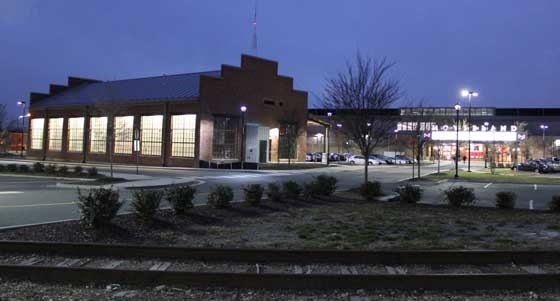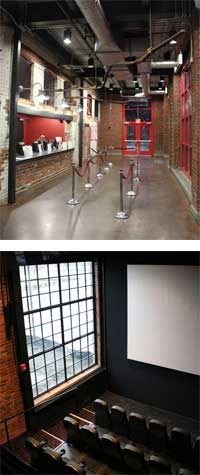Last updated: March 7, 2023
Article
Case Study: Richmond Locomotive, Virginia


Although their open interiors were subdivided for showing films, the industrial character of the buildings is still clearly evident after the fact. Windows were sympathetically repaired, or replaced where they were missing entirely - many had been filled with concrete block; modern fiberglass siding was removed revealing exterior brick; structure was exposed on the inside (steel trusses, columns, masonry partitions, etc.); concrete floors were uncovered; and any new features added are appropriate to the buildings’ former industrial uses. These theaters are Richmond’s first new movie houses in approximately 40 years, so they are desired destinations and business is thriving. Renovation expenses for this project were $1,813,000, and the project was certified in February of 2013.
